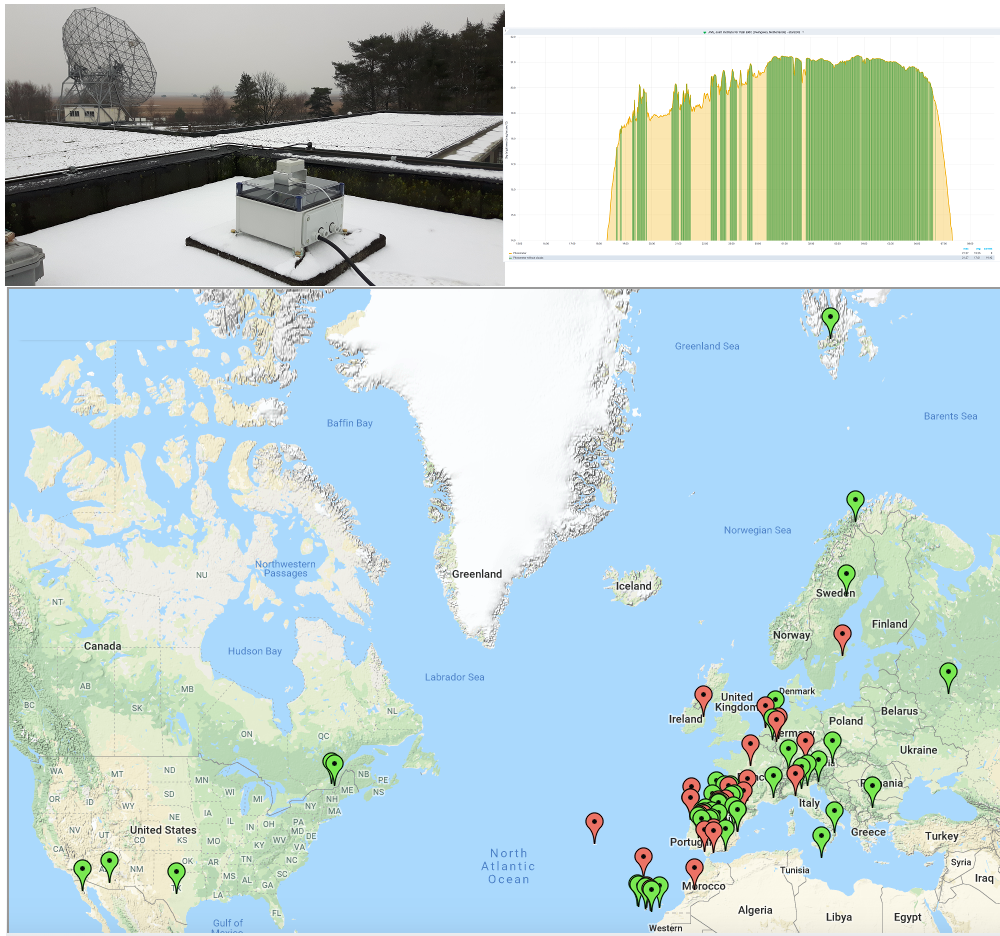Daily Image
20-02-2019Monitoring sky brightness
| Submitter: | Paco Colomer |
| Description: | Light pollution is the presence of artificial light in the night environment originated in human activity. Humans, birds and several other animals are finding it increasingly challenging to experience night-time uninterrupted by artificial light. Moreover, in well-lit areas such as towns and cities, sky glow can be enough to entirely obscure our view of the stars. Artificial light at night is often associated with the sense of security, wealth and modernity. Hence, light pollution is widely spreading after the onset of darkness. Global artificial lighting has increased yearly by about 6%, and it's not just the amount of light that is changing - the location and type of lighting matters to wildlife as well. Outdoor lighting is changing to LED for economic reasons. Cool white and blue wavelengths of the light spectrum affect human health and wildlife. Warm whites, oranges and reds are all better options for most wildlife as well as our own circadian rhythms. STARS4ALL is a European project raising awareness about the negative effects of artificial light on human wellbeing, biodiversity, visibility of stars, safety and energy waste, a collective awareness platform for promoting dark skies in Europe http://www.stars4all.eu/). The Telescope Encoder and Sky Sensor (TESS-W) is a compact device to monitor sky brightness every night, developed under the STARS4ALL project. Designed by astronomers and calibrated at Universidad Complutense de Madrid (Spain), the quality of the data is scientifically accurate. The data of the STARS4ALL network is open, and everyone can access it in real time through the webpage http://tess.stars4all.eu/ . The data from the sensors in the Netherlands can be retrieved at: http://tess-dashboards.stars4all.eu/d/GvkW-jxiz/s4a-photometer-network-netherlands?orgId=1 A unit of TESS-W is now permanently installed in our roof to monitor the sky brightness, and its possible evolution in time due to changes in the outdoor lightning in nearby cities. |
| Copyright: | F. Colomer & STARS4ALL |
| Tweet |  |
